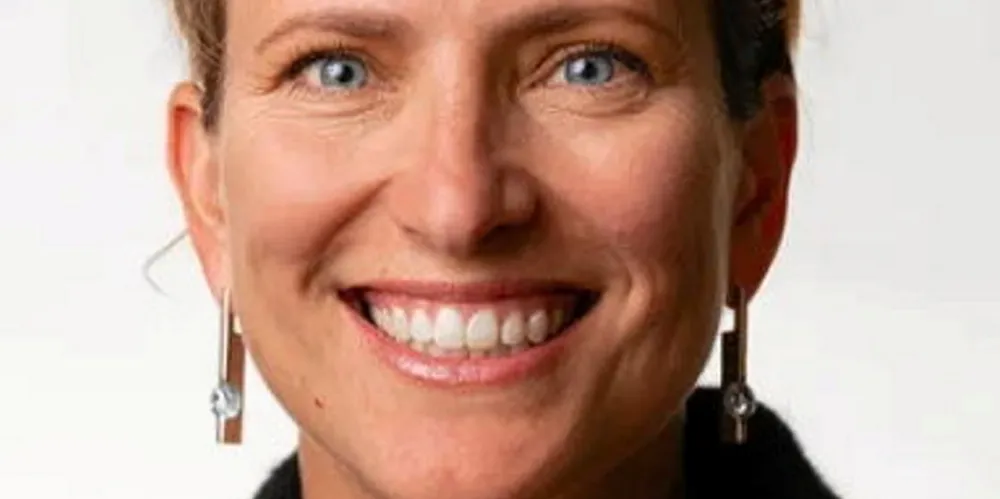'Game changer' | US cleantech boom turbocharges energy storage revolution
Head of energy storage think tank that has Google and Microsoft as members says insurance companies and banks are warming to a new sector

Landmark US climate legislation has not only boosted clean energy generation but also turbocharged a first generation of gigawatt-scale energy storage facilities that will help “connect the dots” in the green revolution, according to industry champion Julia Souder.
The Brussels-headquartered LDES Council, which boasts Google, Microsoft and Shell among its members, has set a global goal of reaching 8TW of LDES by 2040 which — Souder says — means hitting 4TW by 2030.
Excluding pumped hydro storage, the Council calculates the current trajectory for LDES facilities globally by 2030 is only 175GW, a fraction of what is sought, given the key role that backers believe that LDES has to play in accelerating the green transition.
Current target vary between countries and blocs. For the EU, Souder says 200GW by 2030 would be “fantastic”. For the UK, where “there’s not much today”, 50GW would be an achievement.
Floating the boats
If bridging the gap between achievements and expectations looks daunting, Souder could hardly have hoped for much better support than last year's IRA, which directed $369bn in subsidies towards renewables, including LDES technology.
On the back of legislation that has so far spurred an estimated $271bn of investment in the US renewables, Souder already observes the appearance of “more ambitious projects” and “more innovation” in the LDES sector.
A standalone investment tax credit of 30% for energy storage projects is a “big deal,” says Souder. “Plus you get this additional 10% if it has some local sourcing and 10% on top of that with community benefits."
“That’s 50%... A game changer.”
Another company, EnerVenue, is developing a gigawatt-scale factory for its metal-hydrogen batteries in Kentucky.
Although the IRA has made the most headlines, Souder stressed the importance of “collaborative competition” between countries in the LDES sector to help “raise all boats for everyone.” She cited moves in the EU, Spain, Australia, Chile and India that have also helped boost LDES.
Getting the message
It’s not just government support that is fuelling innovation in this field. In the last few months alone, Souder says several LDES Council members have announced “huge raises” in planned funding. There has also been more investment from companies with their own demand for LDES.
While much of this investment was initially from the private equity sector, Souder says she is now seeing a more diverse range of funding, including debt, which she says is a “great signal to the marketplace".
She put this down to “awareness and education” around LDES, which is “just starting to” get the attention it deserves.
“More insurance companies and traditional banks are coming to the table and asking for this, seeing it as a solution,” Souder says. These “very traditional thinkers” are now moving into this "new world quicker than they even anticipated.”
Souder believes that recent catastrophic weather events around the world have also brought home the need for LDES. “It’s no longer every month it’s every day we hear about a crisis, whether it’s flooding or drought or fire or heat,” she says, noting also that these disasters are causing renewable energy generation to fluctuate more than usual.
LDES provides the “flexibility" to address shifting energy needs during crises, including by powering critical facilities like cell towers or fire stations in remote areas.
She continues that LDES serves as a way to “connect the dots” in places that don’t have continuous clean power, including in the global south, and provide that “certainty and that reliability” that is needed.
The LDES revolution is “just getting started,” says Souder. “We can’t slow down.”
(Copyright)